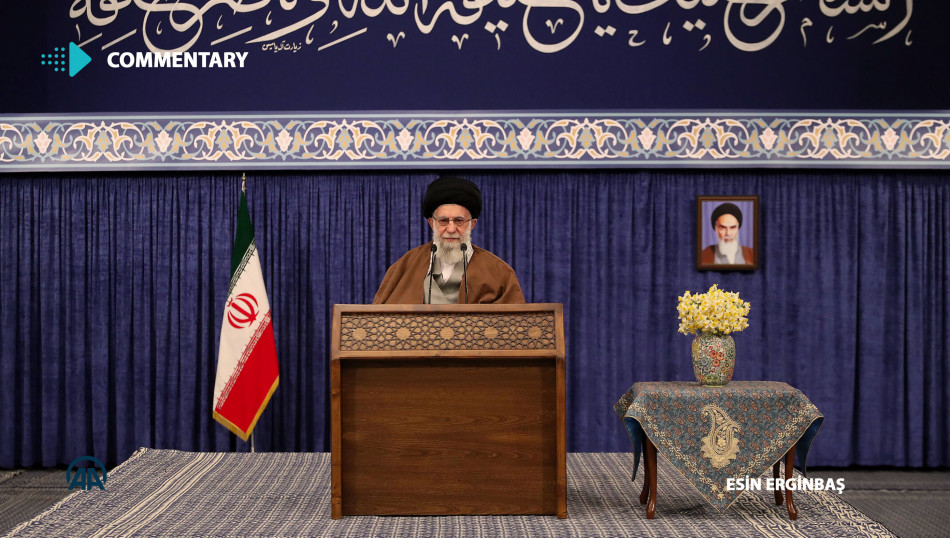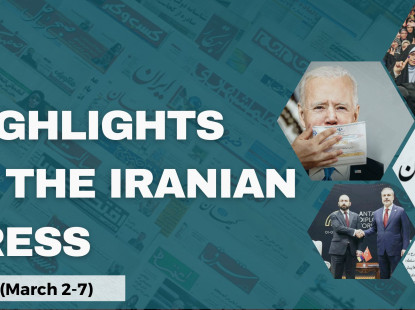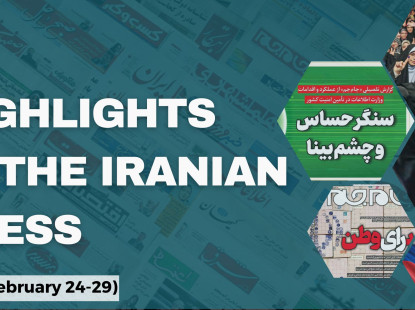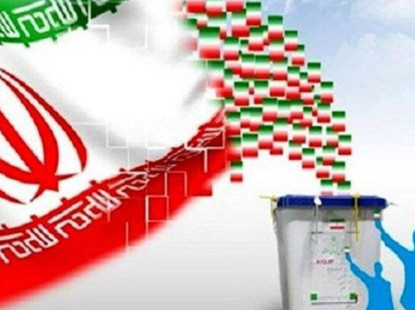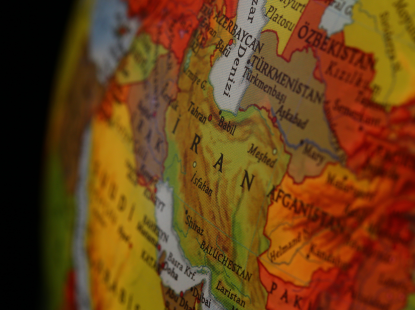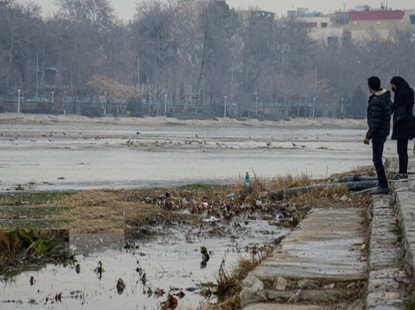The Issue of the Presidential Election in the Khamenei’s Nowruz Speech
Iran left behind the year 1399 and started the year 1400 according to its Solar Hijri calendar. In his new year speech, the Supreme Leader Khamenei aimed to set forth the path of Iran politics for a year by defining the new year with the slogan of “production, support, and removing the obstacles.” Khamenei evaluated several points, including the sanctions, the Nuclear Deal, domestic production, and the recovery of the economy and gave some messages about the presidential election.
As well known, the Iranian people are going to select their 13th president on 18 June 2021. Considering the fact that the election will be held in less than three months and the debates about the candidates have accelerated in the political arena, Khamenei’s election remarks in his speech represent significance. Khamenei described the year 1400 as the year of election and stated that Iran entered the year 1300 with a coup, supported by the United Kingdom, under the dictatorship of Reza Khan. In contrast, it has entered the year 1400 with the Islamic Republic, which represents the independence and the sovereignty of the people. The emphasis on the regime change from monarchy to the republic in the new century, by putting forward the republican character of the Islamic Republic, may be seen as a message meaning that the people are able to join the governance through the elections as a political participation apparatus.
Another point about the election was the emphasis on national unity that aims the political consensus. Khamenei underlined the fact that the people should be the symbol of national unity instead of the symbol of a split between different ethnicities and sects. Due to the damaging potential of tension between differences for the election atmosphere, canalizing different identities to the national unity will prevent a crisis of representation.
Khamenei also introduced an ideal leader model by referring to the required characteristics for a president in his Nowruz speech. A president should be religious, competent, loyal, revolutionist, jihadist, and a person who is hopeful about the future. He is also required to fight against corruption and believe in Iran’s national potential and the youth as well. The first four characteristics that Khamenei specified represent a president model, who believes in the Islamic Republic and the Revolution and others refer to the current problems of Iran politics. Political and administrative corruption is one of the chronic issues in Iran politics that cause widen poverty, hinders the development of the country, and triggers the lack of confidence of the people towards politics. In Iran, there are several programs concerning fighting against corruption, and particularly, Chief Justice Ebrahim Raisi’s policies against corruption come into prominence. Raisi, who has gained Khamenei’s appreciation by these policies, is considered to be both president and the successor of Khamenei. Another matter that was emphasized in the speech of the Supreme Leader is the discourse of “belief in the youth and the future” that refers to the requirement of youth employment in the politics and on the administrative levels, which he also stated in his speech for the 40th year of the revolution. By this discourse, Khamenei renewed his call for a young president and expressed his trust in the youth, which will guarantee the stability and future of the political system.
Khamenei’s repeated messages show his evaluation of the youth as the driving force for change and transformation, and it also represents his intention to integrate the youth into the political system through a young leader by political participation- especially by voting. The involvement of the people in politics and administration is possible through conventional political participation, i.e., election in the Islamic Republic where the possible voter turnout in the June election has already been a point of discussion in the political arena. One of the significant reasons for the emphasis on voter turnout is the fact that the people’s negative feelings about the worth of their votes hold them back from going to the polls and affect the forms of participation. It may channel the people to unconventional participation forms like boycott, march, or canalize them to postmodern participation ways through media and consequently, it may cause tension between the government and society.
In conclusion, several messages toward the election in Khamenei’s Nowruz speech come into prominence, including the significance of the sovereignty of the people, a revolutionist and jihadist president model who believes in the youth. It also includes the promise of hope of a new government concerning the solution to the economic, administrative, and political crisis.
